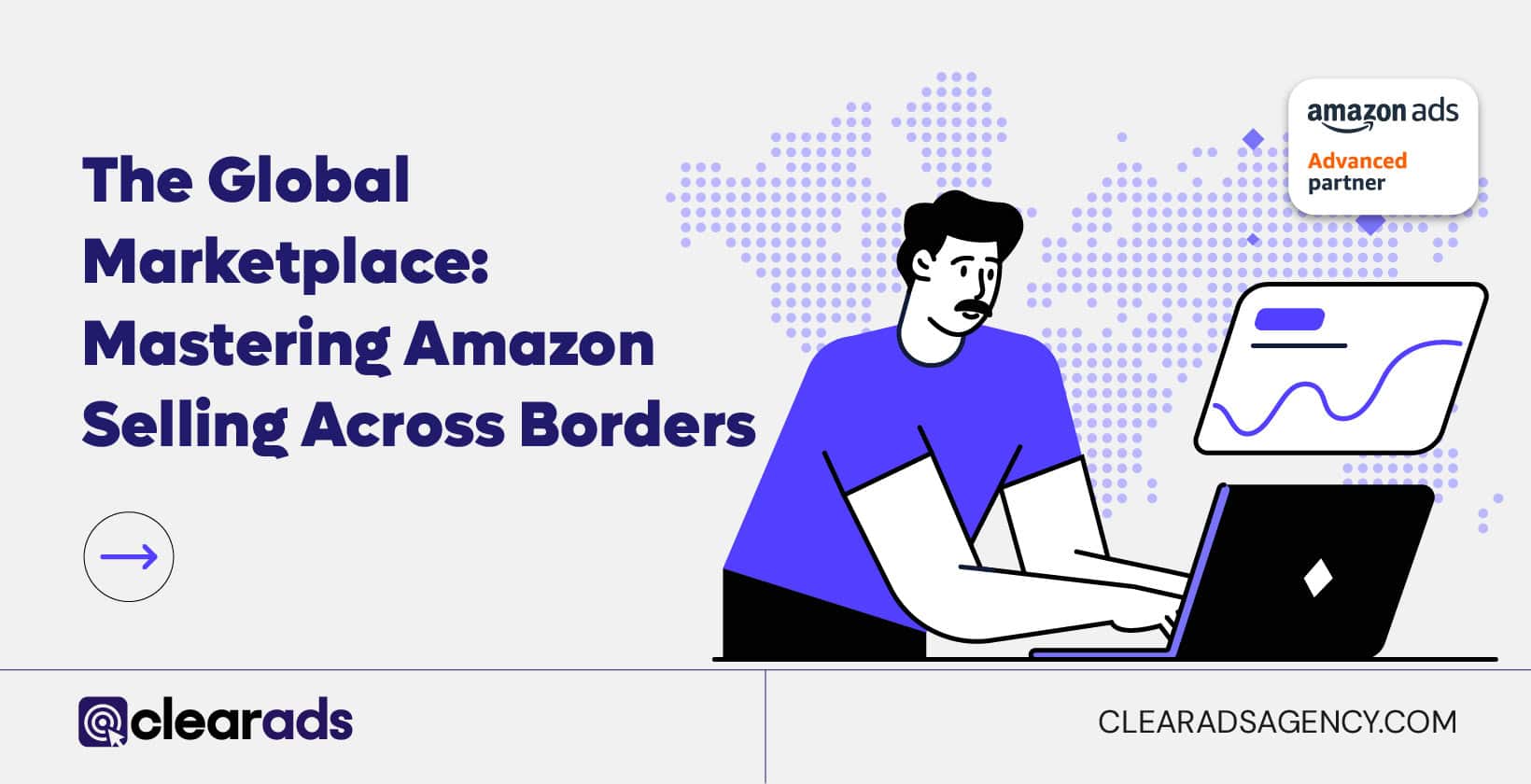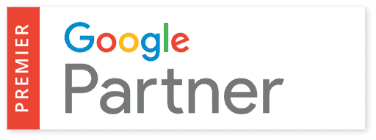Over the past few years, Amazon has shifted from being primarily a selling platform to a powerful branding platform. As a result, several new features and tools have been introduced to support sellers in growing and developing their on-Amazon brand. This year, the company is going one step further, focusing heavily on brand protection.
In May 2021, Amazon released its first-ever Brand Protection Report, one of the first solid signs that brand protection will become a priority over the coming years. Many changes are expected, including Amazon putting more weight behind its Brand Gating policy, which aims to tackle counterfeiting.
The Amazon Counterfeit Problem
Amazon has long had a strict anti-counterfeiting policy, with the company stating that:
Products offered for sale on Amazon must be authentic. The sale of counterfeit products is strictly prohibited. Failure to abide by this policy may result in loss of selling privileges, funds being withheld and destruction of inventory in our possession.
However, the policy doesn’t appear to be strong enough to prevent the sale of counterfeit products. Amazon has hit the headlines multiple times in recent years for enabling the sale of counterfeit products. For example, in 2016, Birkenstock USA CEO David Kahan said that “The Amazon marketplace, which operates as an ‘open market,’ creates an environment where we experience unacceptable business practices which we believe jeopardize our brand“. As a result, the brand opted to cease sales through the Amazon platform.
It’s not just big names like Birkenstock that are vulnerable to counterfeiting. Any brand that sells online may see the sale of lower quality products masquerading as their branded items, potentially resulting in profit leaks, lower sales, and reputational damage.
Unauthorized Sellers

Unfortunately, it’s not only counterfeit products that are the problem. There’s also the issue of authentic goods sold by unauthorized sellers. The Amazon marketplace typically allows most resellers to list items if they are authentic, regardless of how they obtained them.
The problem is that these sellers often have no relationship or connection with the brand itself and little to no incentive to provide a buyer experience that aligns with the brand’s values. Perhaps a product is faulty. Or maybe the reseller offers a poor level of customer service. Whatever the issue, should a customer have a negative experience, this will reflect poorly on the brand, even if they weren’t directly involved in the sale.
The counterfeiting and unauthorized seller problems highlight how critical it is for all Amazon sellers to be aware of the risks and take appropriate measures to protect their brand and reputation across the platform.
The good news is that Amazon offers several ways to do this. One is the Brand Registry program. There’s also Amazon Transparency and Project Zero, which are designed to tackle counterfeiting and improve seller verification. What we’re going to explore in more detail right now, however, is Amazon Brand Gating. This tactic can help you to gain greater control over who’s permitted to resell your products online.
What is Amazon Brand Gating?
Although Amazon Brand Gating was launched in 2016, remarkably few brands have heard of this policy. It restricts the sale of specific branded products to authorised sellers only and requires resellers to seek the necessary approval to sell restricted ASINs.
Amazon states that:
We want customers to be able to shop with confidence on Amazon. For certain products, brands, categories, and sub-categories, Amazon requires you to obtain approval before listing products for sale. The approval process may include document requests, performance checks, and other qualifications.
Brand Gating aims to give brands more control over who can sell their products on Amazon, prevent sales from unauthorized sellers, and minimize counterfeiting risk.
Under the policy, anyone wishing to sell a restricted product must meet strict criteria:
● Manufacturer/Brand Approval: Resellers must provide Amazon with a copy of a letter from the manufacturer or brand stating that they are permitted to sell.
● Proof of Purchase: Copies of three separate invoices must be provided to Amazon to prove that products have been obtained legally from an official distributor.
● Selling Fee: Amazon requests payments of up to $1500 per restricted item to filter out counterfeiters, although rumors suggest this practice is set to be phased out.
● Amazon Approval: Even if all of the above criteria are met, resellers must formally request Amazon’s permission to sell particular gated ASINs.
Isn’t My Brand Protected Through Brand Registry?

Signing up for Amazon’s Brand Registry program is highly recommended. Brands that are part of the program can better manage their listings to ensure customers receive the most accurate information, access tools to find and report possible violations, and benefit from automated processes that remove counterfeit listings.
Brand Registry is a great way to reduce infringements. Amazon reports that brands see 99% fewer infringements on average after signing up – but it doesn’t guarantee exclusive on-Amazon selling rights. That’s why Brand Gating is so important.
Brand Registry focuses on authenticity, intellectual property rights, and trademarks but does not extend far enough to enable sellers to restrict their products through distribution rights management. For example, under normal circumstances, if a manufacturer offers their products through multiple distribution channels, there is nothing to stop other sellers from listing that same authentic product on open marketplaces, such as Amazon. As a result, Brand Gating is currently the only way to guarantee exclusive Amazon selling rights.
Does Brand Gating Work?
It appears to work very well. Since Amazon introduced Brand Gating and associated verification and approval processes, it reports that it has blocked more than 6 million attempts to create potentially dangerous seller accounts. Today, fewer than 0.01% of products are reported to Amazon for being inauthentic.
How to Protect Your Brand
If you’re keen to protect your brand on Amazon and are considering Brand Gating, you might be disappointed to hear that, as of 2021, there is no official process for restricting your items. However, there are a set of three steps that can help you become gated:
1. Register Your Trademark
The absolute first thing you’ll need to do is ensure you have an active text or image-based trademark registered in the country where you wish to trade. If you don’t yet have a registered trademark, Amazon also accepts pending applications that are in process through the Amazon IP Accelerator or with trademark offices. You’ll need a registered trademark to sign up for Amazon Brand Registry, which is stage 2.
2. Sign Up For Brand Registry
Signing up Amazon’s Brand Registry program is relatively simple. If you have a registered trademark and a list of product categories you want to list, you should be good to go. You can easily apply online for Brand Registry through your existing seller account and keep track of your application in your Case Log. As well as helping to protect your brand, Brand Registry offers extra features such as:
● Amazon brand analytics
● Amazon stores
● A+ content
● Sponsored brands
3. Contact Seller Support
There’s no online application for Brand Gating; you’ll need to approach Seller Support to request this service. You should be able to present proof that you have encountered problems with counterfeiting or unauthorized sellers and provide evidence that you have attempted to resolve the issue through other means. In addition, it may be helpful to offer a list of ASINs for the specific products you wish to restrict through gating.
If your request is successful, sellers clicking the “Sell on Amazon’ button on your product listing page should be notified that the item is restricted. Prospective Resellers will be directed to a message stating that ‘you need an approval to list in this brand’ and will then have the option to request approval. If the seller proceeds, you will receive communication informing you that a seller has started the verification process. Rest assured, they will require approval from your brand to move forward.
Protecting Your Brand is More Important Than Ever
Protecting your brand has always been important. However, taking action to reduce risk is even more critical today as the world continues to recover from the effects of the pandemic. Amazon reports that counterfeiting has been on the rise as scammers attempt to take advantage of the growing number of online shoppers, stating that ‘throughout the pandemic we’ve seen increased attempts by bad actors to commit fraud and offer counterfeit products’. In 2020, Amazon prevented more than 10 billion counterfeit listings, an increase of 67% on the previous year.
Amazon isn’t expected to stop there. The platform says it will:
Continue to invest and innovate to protect customers, brands, and our selling partners. We look forward to increased collaboration with brands and law enforcement to hold counterfeiters accountable.
Supporting Brand Growth
While Amazon remains a hugely popular selling platform, more and more businesses are utilizing the marketplace as an opportunity for brand growth and development, and it’s easy to see why. As a result, the company has launched numerous brand-focused features over the past few years, with protection programs and policies like Brand Gating just a tiny portion of their efforts.
Get in touch with us today for help with your Amazon marketing.




